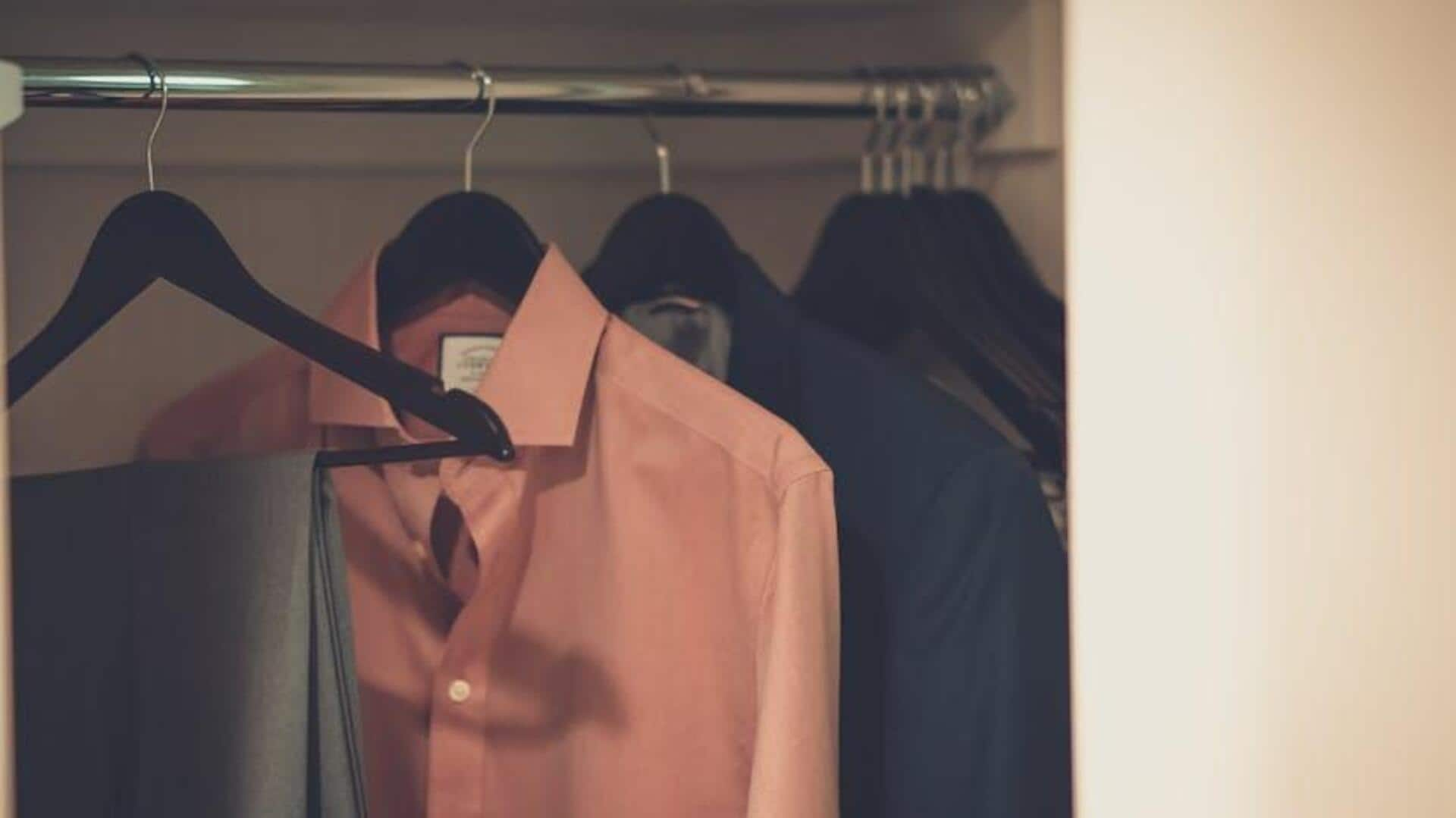
Wardrobe hacks we bet you didn't know
What's the story
Creating a versatile wardrobe on a budget is possible with a little planning. By focusing on essentials and making the most of them, you can look stylish without breaking the bank. Plus, it saves money, cuts down on clutter, and is better for the planet. Here are some practical tips to help you make the most of your minimal wardrobe without overspending.
Core pieces
Invest in timeless basics
Make sure you prioritize buying timeless basics that never go out of style. Things like plain t-shirts, classic jeans, and neutral-colored sweaters can be mixed and matched so easily. These core pieces are the base of your wardrobe, which makes it possible to create several outfits with few items. When you invest in quality basics, they last longer and give you more value for money over time.
Accessory strategy
Utilize accessories wisely
Accessories can instantly transform an outfit without spending money on new clothes. Scarves, belts, hats, and even jewelry, add a little variety to your look without costing much. By simply changing accessories, you can refresh the look of an outfit several times. Go for versatile accessories that can work with different styles and colors in your wardrobe, to get the most out of them.
Layering approach
Embrace layering techniques
Layering is also a great way to stretch out the wearability of each clothing item across seasons. Lightweight tops under cardigans or jackets keep you warm during winter while still allowing you to remain stylish. Play around with layering different textures and lengths to add depth to your outfits without having to buy more clothes.
Thrifty options
Shop secondhand or swap clothes
Consider shopping at thrift stores or hosting clothing swaps with friends to score unique pieces at lower prices. Secondhand shopping opens you up to high-quality items at a fraction of their original cost, while also promoting sustainable fashion practices by preventing waste. Clothing swaps let you refresh your wardrobe without spending a single penny by trading items you don't wear anymore.
Outfit planning
Plan outfits ahead of time
Planning outfits in advance prevents impulse buys by determining what is actually required as opposed to what is wanted impulsively when shopping randomly later. Put together combinations using the clothes you already have before purchasing anything new. This habit promotes creativity within limitations, paving way eventually towards more intelligent spending habits overall.